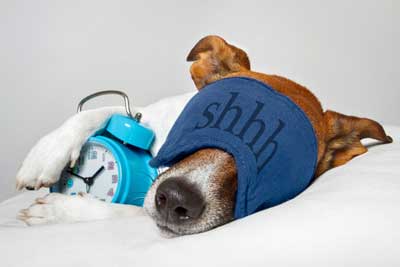Laurie's Blogs.
Oct 2017
Fatigue associated with healing, motor relearning, or cognitive processing

Whoa! Now that sounds like a mouthful, doesn’t it? This blog is inspired from the book I’m currently listening to, The Brain that Changes Itself by Norman Doidge. It’s filled with great stories and discusses neuroplasticity and the ability for the brain to rewire, reconnect, and heal! It’s a marvelous read (or listen)!
One of the points in the most recent chapter I listened to was about energy drain or fatigue. It caught my attention as I started to think of multiple patients of mine who fit the picture / scenario presented and even hit home in regards to me and my healing from my appendectomy and slow recovery of strength.
So, the gist of this conversation is that whenever you (or your patients) are learning new tasks, healing tissues, stressing a system, etc., it utilizes energy. Energy that would otherwise be going to other systems, processes, functions, etc. So, when a patient is engaged in something new (learning, healing, processing…), there is the chance that other systems will be compromised in some way.
We know this to be true in other aspects of life. If you’ve had a tough day, had to speak with a number of different people, had plenty of meetings, or focused hard on a task without taking breaks, you come home exhausted. If you go to a course where you learn lots, your thought paradigms are challenged, or you are bombarded with information, you go home exhausted. When you send your 6-year-old off to grade 1 and he/she spends an entire day at school for the first time, he/she is exhausted at night. When I take my dogs to be ‘volunteer’ demo dogs at a course all day, they are zonked-out for the full evening afterwards! There is even a phenomenon known as ‘Decision Fatigue’, whereby a person is overwhelmed by the amount of choices or decision he/she must make which consequently leads them to be unable to make any decision at all or they choose something familiar. My home town, Cochrane, has a famous ice cream shop; known for having the most flavours anywhere in the world! What is their number one selling ice cream? Vanilla!!! I’ll bet that’s due to ‘decision fatigue’!
All of these scenarios are the result of an overuse or new use of energy towards a project or task.
How does this relate to rehab? Well, when you challenge an animal with a new task / new exercise, it will take energy to do, learn, and process the exercise. To heal a primary injury, energy must be directed towards that task. When you stimulate the tissues with laser or ultrasound or shockwave, for example, the body must process the energy that is stimulating healing, which in turn uses more energy. As such, the animal may regress in other areas, or look worse for a short period of time after a session… even if what you did would not have caused pain that could attribute to a regression in function. He might be extra sleepy. He might have more or less appetite than normal. He might be a bit low-tone in his movements. All of these things could happen as a result of the body requiring / using more energy!
The book told a story of a woman with a head injury. She typically had a hard time focusing. She could not deal with loud noises or too much visual stimuli. She was also noticing a decline in her cognitive functioning. However, she had started to get help from laser light therapy, whereby she was subjected to 30 minutes of LED and Laser light to her neck region, which (presumably) allowed for light-irradiated blood from the neck region to pass to her brain where the influx of energy could be used to heal her brain injury. Long story short… her brain was healing and she was able to do more and tolerate more as a result of these treatments. However, she noted that after each session, she was exhausted and her functioning declined for a short period of time (days), as (presumably) her brain was engaged in healing processes and utilizing more energy. She needed to ‘do less’ after her ‘light therapy as a way of allowing her body to heal the part that needed healing. However, the long-term gain was an eventual improvement in function.
My point here is that you need to be aware of this. Perhaps you need to warn the owner. I.E. “The session we did today might not have looked like much, but Sparky’s likely to be a little tired tonight from working his body in a new way. You’re okay to go for a walk later today, but you might need to cut it short if he’s not looking as perky as usual.” You may need to reassure a panicked owner that a decline in function the next day can be common (not always… but it does depend on how much ‘new’ you put into his/her system.) We could call it ‘short term healing fatigue’. It’s not always that you did too much in a session. It’s just that the patient needs to process all that you did! As well, it’s important that you recognize ‘healing fatigue’ in clinical practice and are able to convey the concept to your clients.
Take note of this in your clinical practice and let me know if you have any stories to share that would fit this topic! I’d love to share your findings, observations, and stories!
Cheers! Laurie


